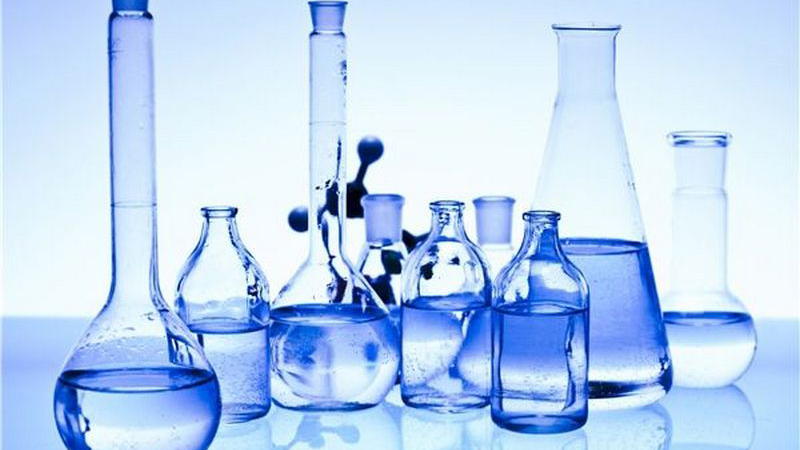
In order to protect some deposited materials from reacting with air or water vapor, they are usually immersed in low-viscosity (hydrocarbon) mineral oil during storage and shipment. Before installing these composition materials shipped in oil into the vacuum system, we must use solvents to remove these oils. The choice of solvents is based on the premise that they do not act as additional contamination sources for the vacuum system or the subsequent thin-film processes.
Choice of the Solvent
Some highly reactive deposition materials may react with certain solvents. Therefore, always choose the solvent that is strictly hydrocarbon in nature.
Here are some solvents that are NOT recommended. You’d better NOT use them to remove the oil:
* Do not use pyridine-like solvents containing nitrogen.
* Do not use sulfur containing solvents, such as carbon disulfide.
* Do not use any of the numerous chlorine-containing solvents, such as trichlorethylene is an example.
* Do not use solvents, such as alcohols, ketones, esters, ethers, furans, or others containing oxygen.
And, here are some recommend some solvents. To minimize the expense associated with high purity, clean (solute-free) hydrocarbon solvents, you can use technical grade solvents, such astechnical grade hexane, heptane, iso-octane, in the initial cleaning steps.
NOTE: High purity grades of hexane, heptane, or iso-octane must be shipped, stored, and used from glass containers. It’s important to note that plastic squash bottles are not a suitable container choices for solvents. Although they are very convenient for storing and handling solvents, the low molecular weight polymers in the plastic are leached out by the solvent and remain as a residue when the solvent evaporates. Again, never use solvents stored in plastic containers.
Precautions for Handling Organic Solvents
Nearly all organic solvents are health hazards, so please make sure:
1) DO NOT breathe in solvent vapors or swallow solvent liquid
2) DO NOT allow skin contact with the solvent or splashing solvent to touch the eyes
3) DO NOT allow exposed flames or heaters near the vapor
And, note that all solvent handling
1) Should be done in an extractive fume hood, or glove box.
2) Should be done only while wearing suitably protective eye shields, aprons, and absorbent respirator masks
3)Should be done only while wearing gloves that have been tested to demonstrate that the solvents in use neither dissolve the gloves nor permeate through them.
Environment Required
In order to delay the interaction between air and the material, it is better to clean the material in a leak-tight glove box under a slight positive pressure of argon. If this is not possible, please ensure that all cleaning steps are completed as quickly as possible in a fume hood or a well-ventilated area. This can minimize the time the material is exposed to the air and also reduce the time the operator is exposed to solvent fumes.
Equipment and Materials Needed
Here are the cleaning materials you need:
* Suitably sized, chemically and physically clean glass receptacles (beakers or petrie dishes)
* Technical purity d (used in the initial cleaning steps)
* Extremely high purity hydrocarbon solvents (used in the following cleaning steps)
* Lint-free tissues
* Chemically and physically clean tongs or tweezers to handle the materials

